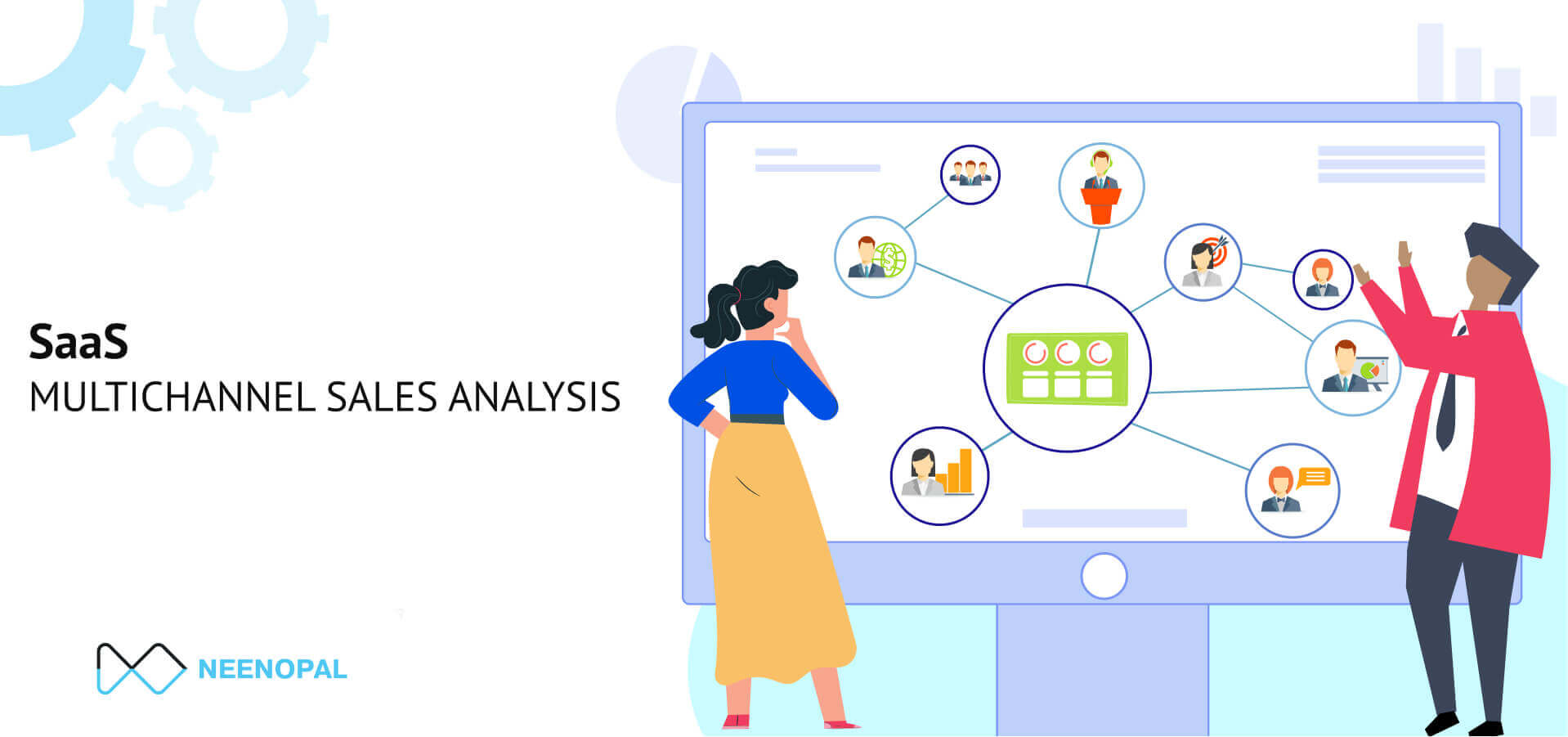Multi-Channel Marketing is being Everywhere at Once
Channel Sales Marketing is a process of tying up with third parties to get company products into the end user’s hands. This is a very effective way to scale up sales and revenue without putting a lot of investment in the company sales team. The ability to tap into the existing customer base of partners without putting a lot of effort in building our own customer base, makes this process very appealing to organisations.
It has the following advantages over direct sales:
- Increased Credibility and Efficiency – If the channel partner is well known and endorse company’s products, the brand name is established without any efforts and can bring in more revenue to the company.
- Reduced costs and High return on Investments – Helps reaching out to a broader customer base and reduces the in-house sales, marketing, distribution costs significantly
- Identify instantly what works and what doesn’t – Collaborating with multiple partners helps gauge customer liking, popular features, promotional offers etc quickly when compared to direct sales.
Key Terms:
- Direct Sale – When company sales team sells the product directly to customers without any intermediary party.
- Channel Sale – When a company sells its products through third-party partners (example – resellers, wholesalers, affiliates, retailers etc)
- Retention Rate – Percentage of users who continue using a product/ service over a given time perio
- Customer Acquisition Cost (CAC) – The average cost borne by the company to acquire a customer.
- Average Selling Price (ASP) – Average price at which a service/goods are sold.
- Customer Lifetime Value (CLTV) – The total value that a customer brings to the company over their entire time as a customer.
- LTV/CAC Ratio - The value of a customer over their lifetime, compared to the cost of acquiring them.
- Stick Point – It is that point in time in the early part of the customer lifecycle where – if a customer makes it that long – they’ll likely stay the entire estimated or typical lifetime.
- Partners – Third party entities company deals with (across different channels)
- Basic Partners, Super Partners – Tiers defined for channel partners based on the revenue they bring for the company.
Direct vs Channel Sales Overview
Direct Sales happen when a company sells its products directly to the client. Channel Sales as mentioned earlier happen when a company brings in third parties to manage its sales. While both of them have their own pros and cons, it is best to identify which strategy works with your company the best. Channel sales is ideal for SaaS companies when:
- Scaling up the business to wider audience and gain brand recognition
- Customers are demographically spaced out and cannot be reached directly by sales team.
- The sales process is well established and product maturity is reached
- There is not enough resources to grow sales in-house.
|
Goals |
Questions to ask |
Dashboard views |
|
Which sales strategy works better? Direct Sales or Channel Sales? How are key SaaS metrics changing for direct sales and channel sales. |
How is the revenue trending with time? Channel Sales contributes to what% of Revenue? Is the reduction in ASP justified? Is it leading to increased volumes? How is retention rate and CAC between channel sales and direct sales? |
Revenue Trend ASP Trend Revenue Trend CAC Trend Retention Rate |

- Direct Sales have higher costs associated to it since, it requires all the more investment (in terms of time and money) to recruit, onboard and train individuals. On the other hand, Channel sales can do the same in lesser costs and at the same time give better customer reach.
- Having said that, the average selling price goes lower in channel sales owing to the cut that intermediary parties take resulting in lesser profits per sale. In spite of lower profits per sale, the revenue is significantly more for channel sales due to overall volume increase with partner channels.
- Since customer retention is more profitable than customer acquisition in the long run, companies need to make sure that customer has a positive engaging experience.
- For direct sales, the entire customer journey is controlled by the company and can be modified case on case basis but when it comes to channel sales, reputation of intermediary parties needs to be thoroughly checked before partnering. Retention strategies have to be carefully designed keeping in loop third parties associated with the company.
Multi-Channel Sales Analysis
Adopting a multi-channel approach as a SaaS business is not just about targeting varied channels but also identifying the channels most compatible with your business and product offerings. The chosen channel for example, should fill in the gaps in service offered, should be aligned in terms of technical knowledge required to sell the product etc.
There are various channels to choose from:
- Affiliate Partners – This category includes content creators, bloggers, industry influencers etc
- Consultants – IT consultants are taken on board to deliver a packaged solution with the product (installation, maintenance support, project management solutions etc)
- Reseller – Includes those who purchase the product from company and resell it to end users.
- Wholesalers – Who get the product on store shelves to be purchased by consumers
- Value added reseller – Those who resell the company product with additional software or features
- Retailers – Those who own a retail company
|
Goals |
Questions to ask |
Dashboard views |
|
To identify channels that generate the most revenue Partner segmentation to Super-Partners and Basic-Partners |
What is the % Revenue trend for every channel? What is the % Sales trend for every channel What is the total% of revenue attributed to super partners? Is there a need to cancel any channel partnership? What is the average stick point for every channel type? Is the CAC justified? |
Revenue and Sales by Channel Revenue and Sales by Channel CLTV/CAC Trend Summary Cards CLTV/CAC Trend |

- The Revenue and Sales chart give the % distribution of values by different channel types. These revenues are plotted based on real customers that each channel acquires i.e., those customers who have moved past their stick point. Having a stick point value helps measure other metrics accurately.
- Non-Performing channels using up more investment and delivering less value can be identified through their % revenue contribution and LTV/CAC ratio. Companies can easily make their decision of discontinuing partner relationships through this dashboard and at the same time identify super performers and initiate a reward system for them.
- The dashboard can be filtered based on Partner Type as well by clicking on the relevant buttons on the extreme left of dashboard. This enables easy tracking of segmented partners and identify channel types that are most engaging.
- One of the primary benefits of multi-channel approach is the increased brand awareness which later takes form of Sales numbers. Consumers who see ads on multiple channels are more susceptible to conversion than those engaging only on a single channel.
Conclusion
To capture the opportunity of access to a broader market, rapid sales material consumption and high engagement, SaaS organizations need to adopt multi-channel sales strategies. A multi-channel sales approach empowers companies to optimize channel marketing and scale their sales effort





